The Return of Logomania
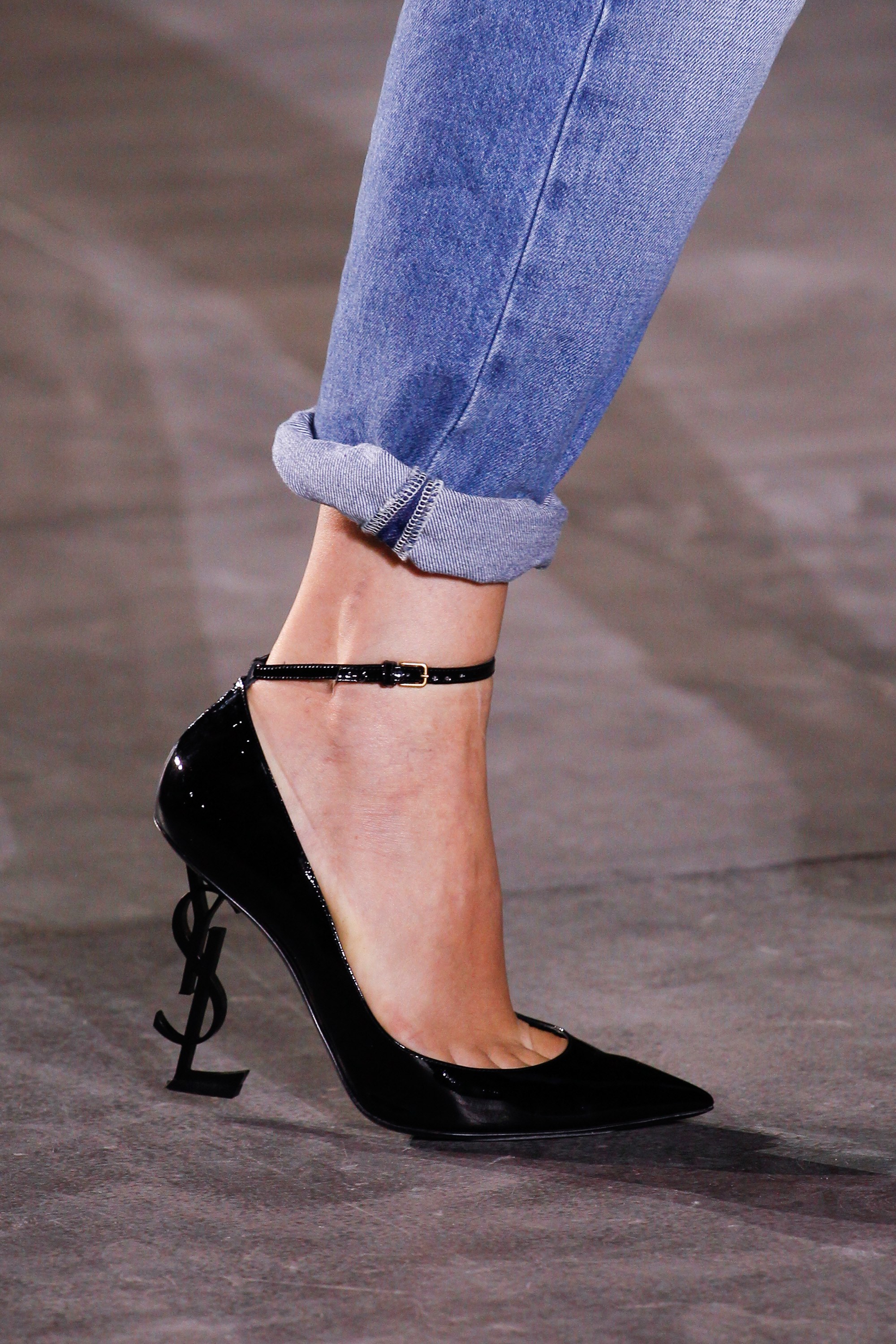
No matter if in form or font, the logo captures the essence of every fashion brand and possess incredible influence. Do you remember the outrage when Hedi Slimane dropped the Yves from Yves Saint Laurent (“Ain't Laurent without Yves”)? And the frenzy when Saint Laurent’s new creative director Anthony Vaccarello resurrected the YSL logo in form of a stiletto heel? In only a short matter of time, the iconic brand’s perception was altered 360*.
It was Andy Warhol in the 1960s who first observed the ubiquity of logo branding with his Campbell’s Soup and Coca-Cola screen prints. Then, since the 1980s, logos of global luxury brands were appropriated first by hip-hop (e.g Dapper Dan) and then again by the luxury market, simultaneously deconstructed further by the art world. Arguably it was the Kenzo sweatshirt which opened the floodgates to logomania, thanks to its tongue in cheek messaging. In its origin, luxury fashion logos were classified as sincere marketing efforts, seducing hungry consumers for an opportunity to belong to a world of “champagne kisses and caviar dreams”.
However, at its pinnacle, the sweet taste of the logo began to sour, starting to represent excessive consumerism and tackiness. The repetitive splashing of logos across all our bags and butts (Can we ever forget the “Juicy” track-pant?) initiated a high-brow backlash. This backlash, which also happened to coincide with the 2008 recession, triggered a trend towards, minimalism, “normcore” and modesty. With an economy in collapse, the need to show off was of poor taste.
But here we are in 2017 and the logo is back with a capital B as like all elements in a cyclical industry like fashion you have ebbs and flows.
Since Alessandro Michele brought back the intertwining double G belt in 2015 for Gucci, the unashamed logo has enjoyed a renaissance. When only considering the most recent Spring 2018 collections, the logo is covering everything from Dior to Versace, Oscar de la Renta to Alexander Wang.
But really, why is the luxury logo making a comeback this season?
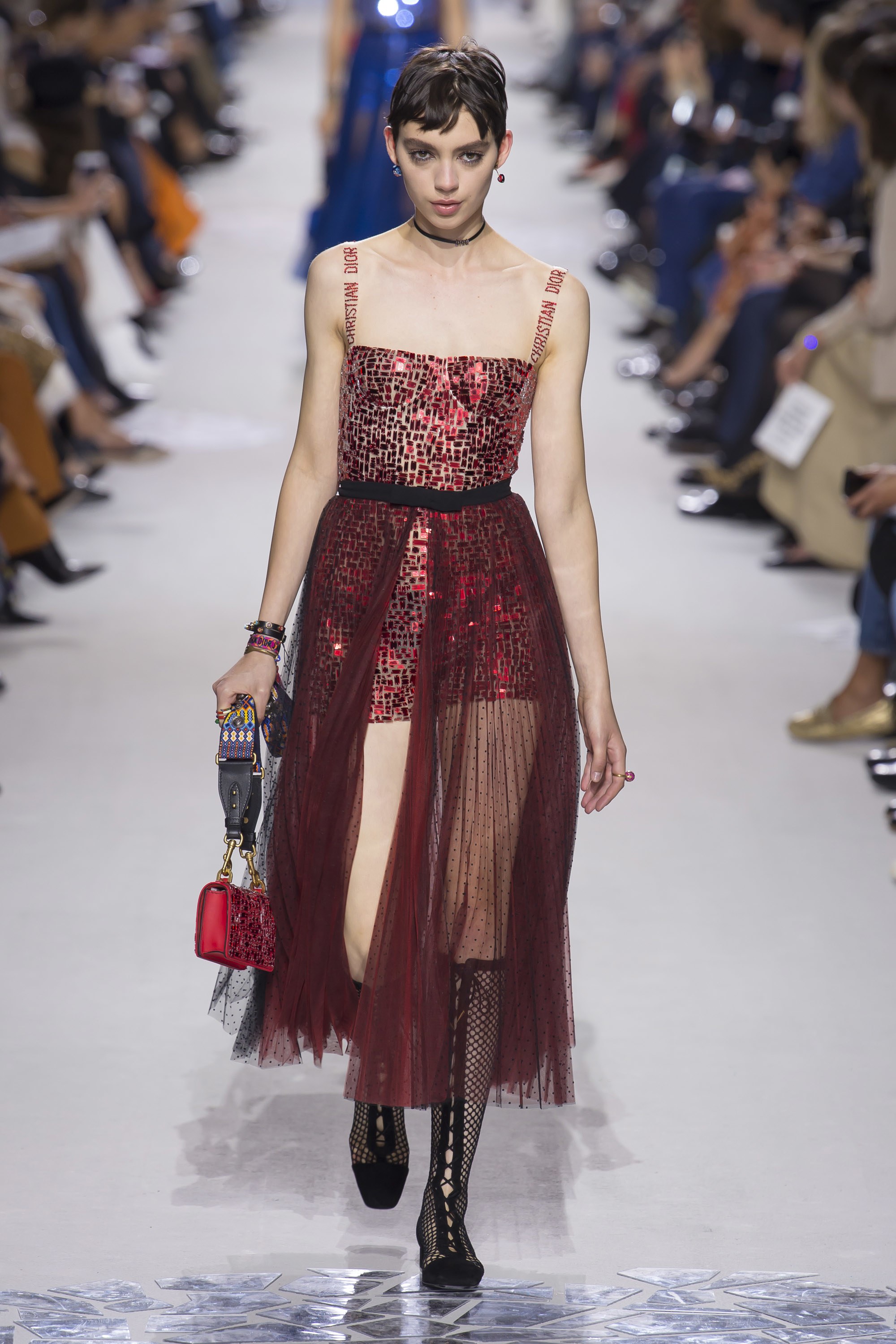
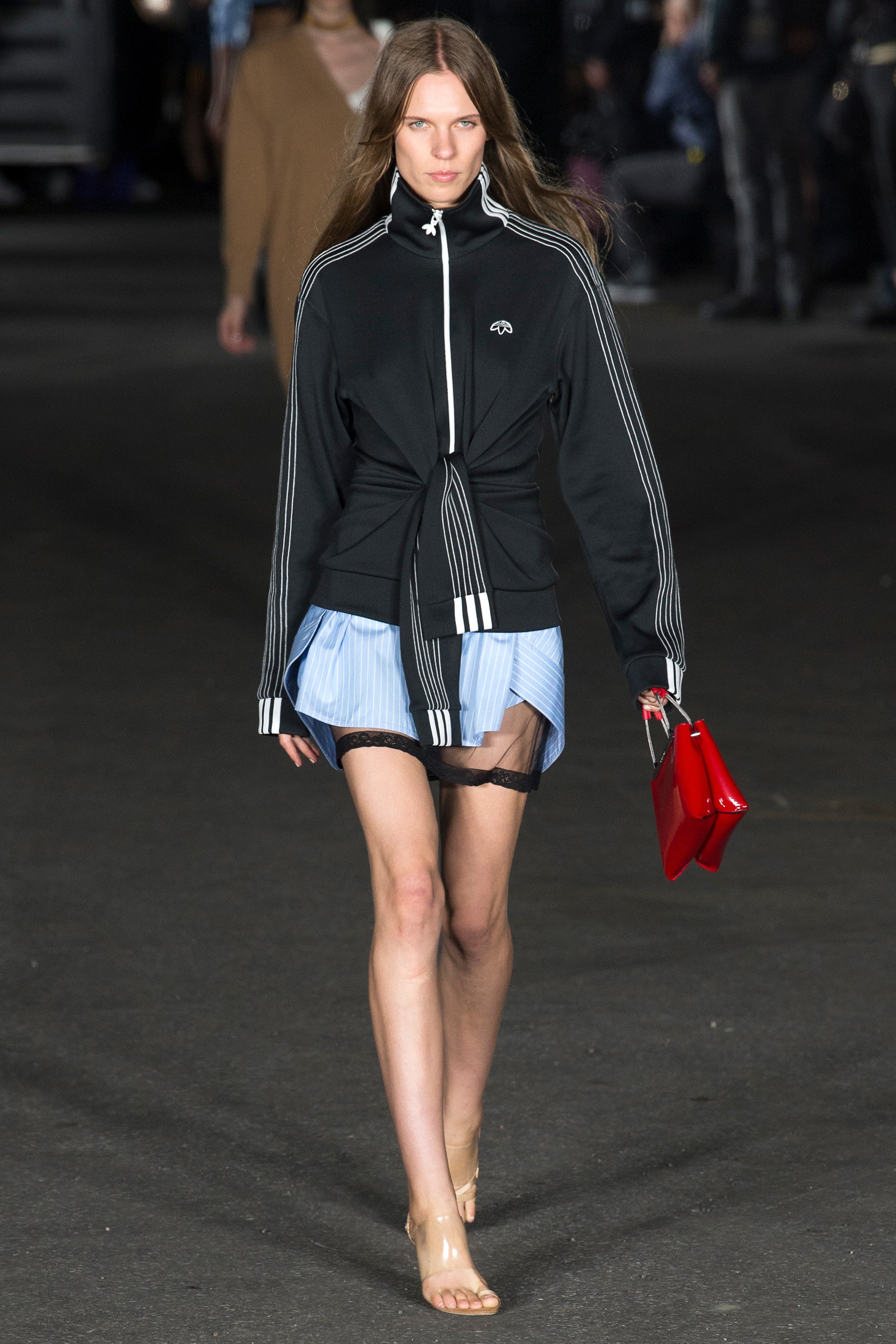
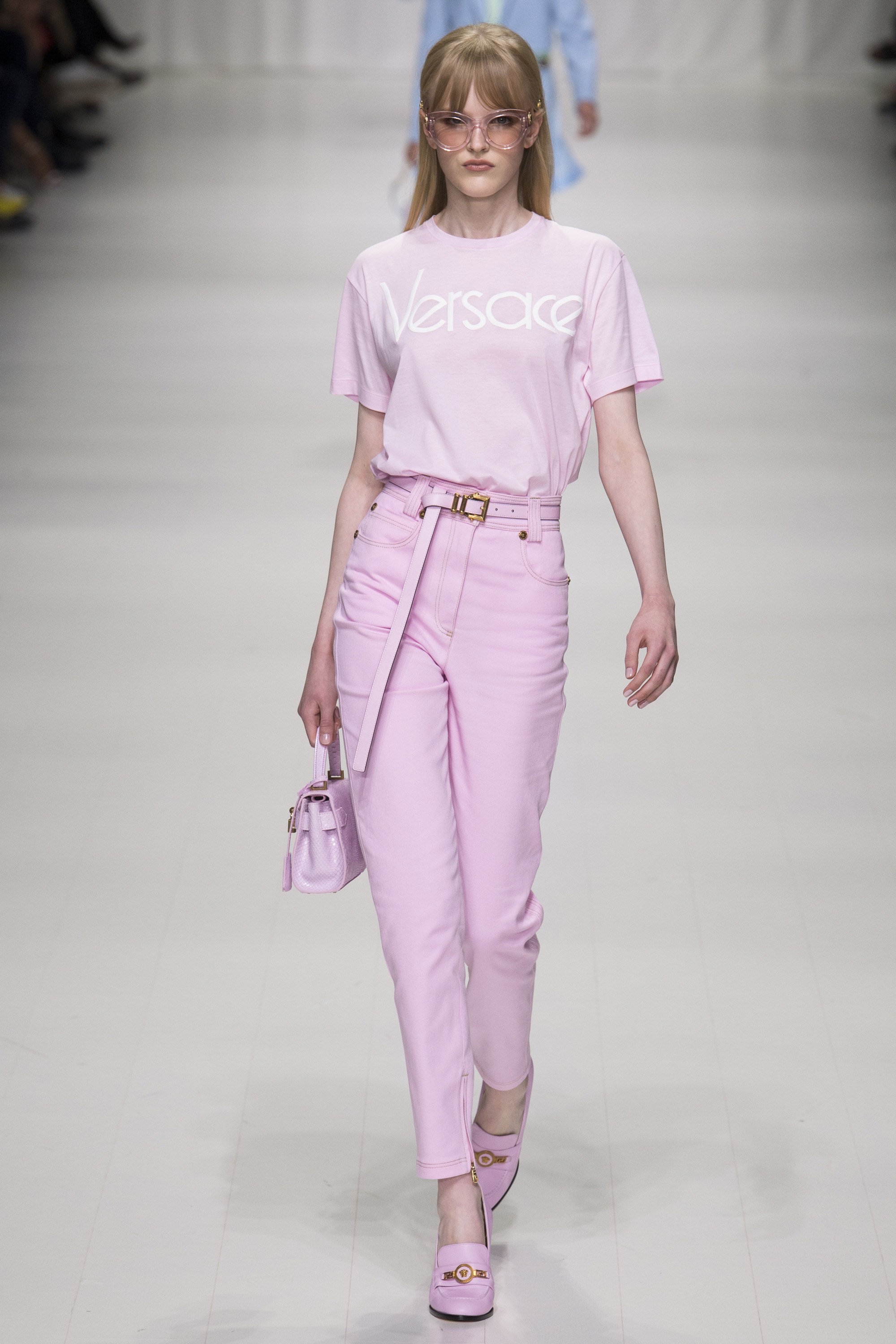
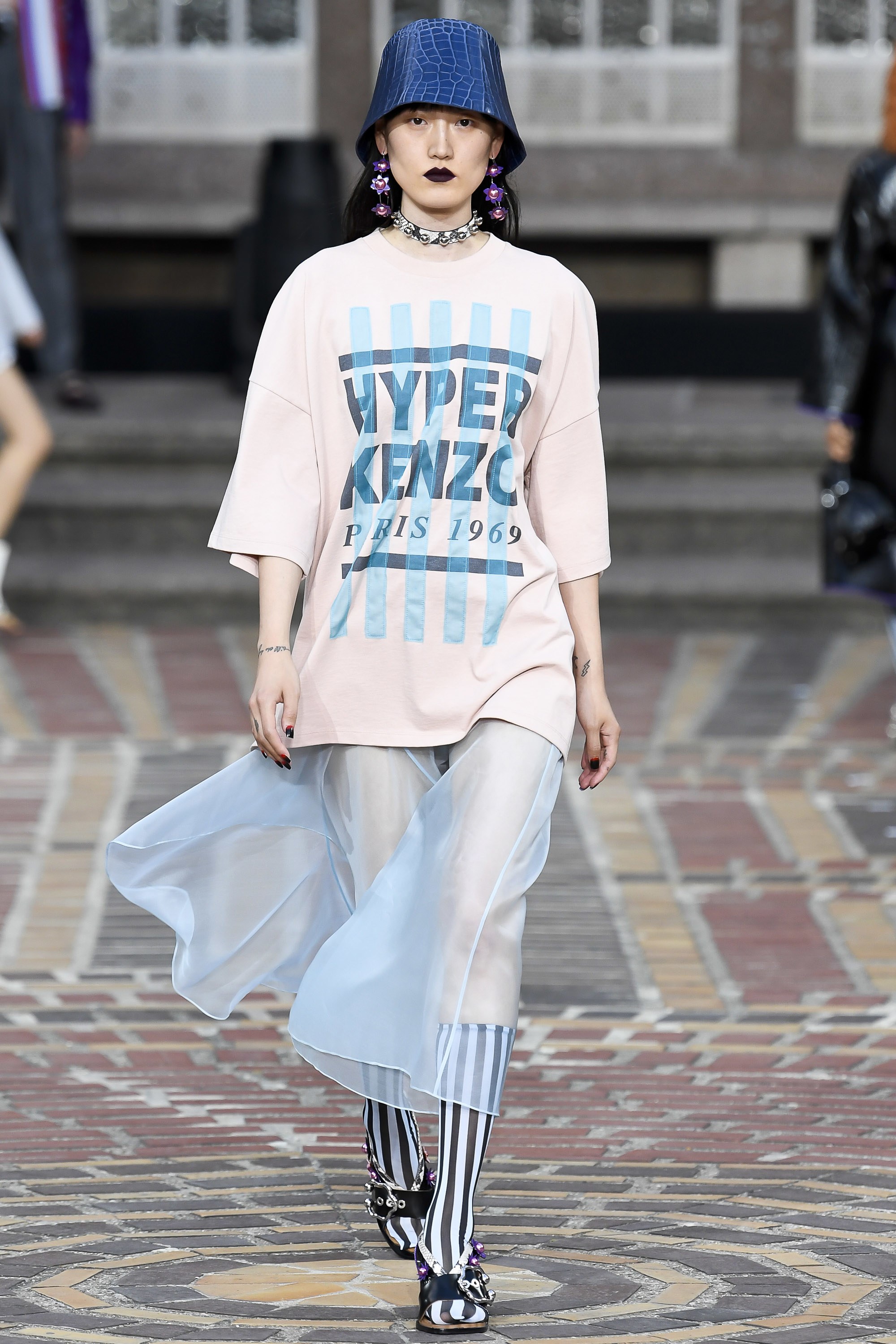
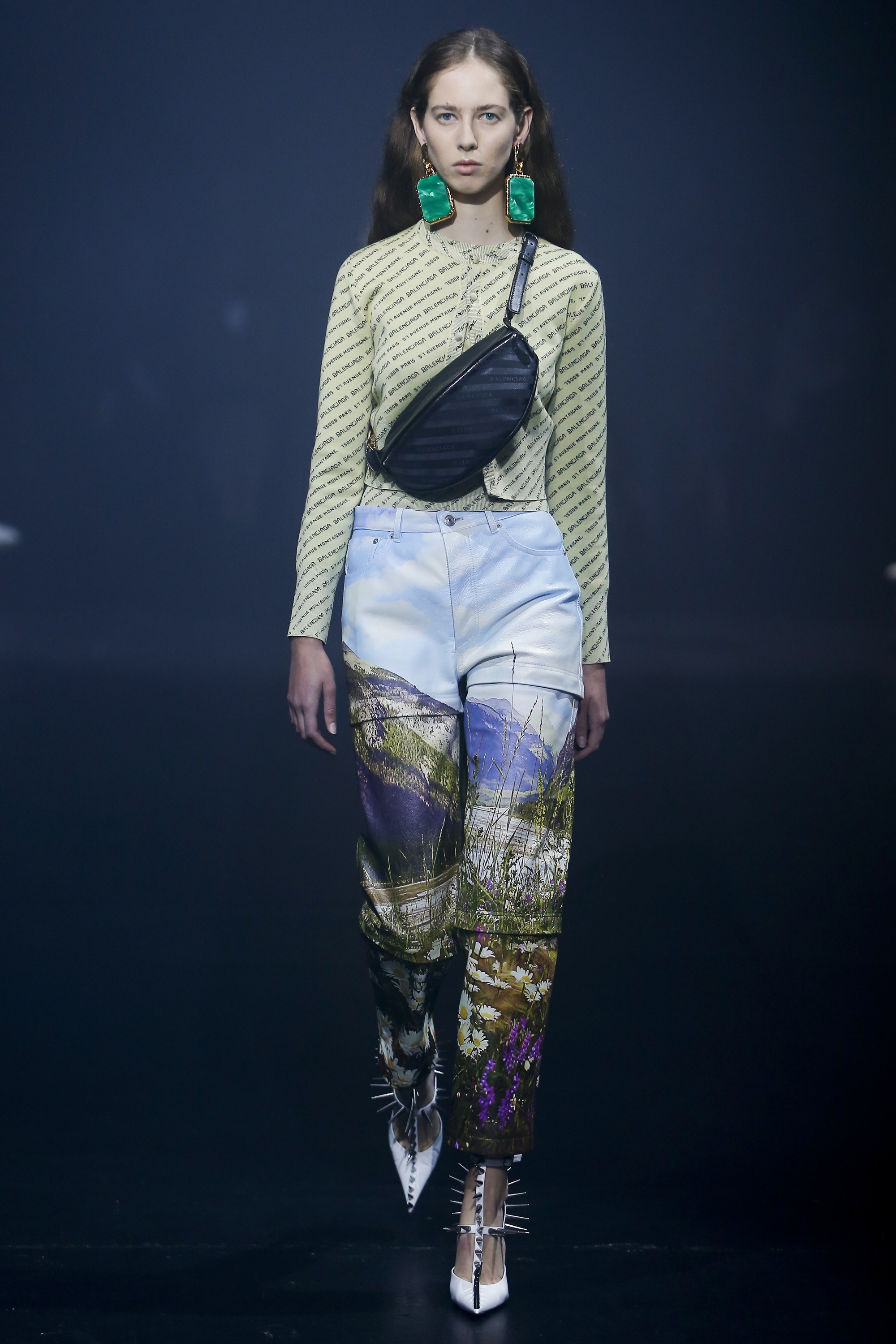
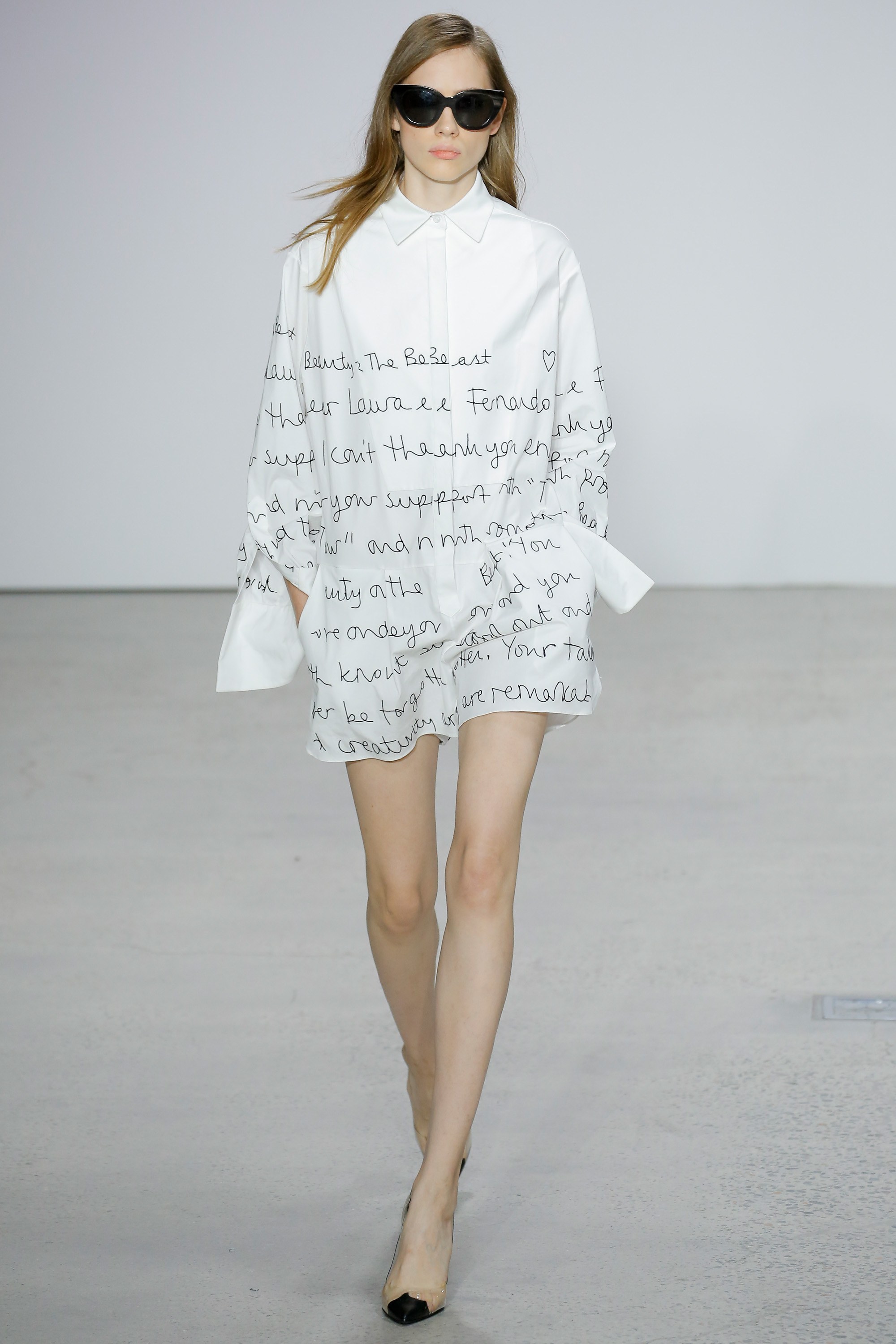
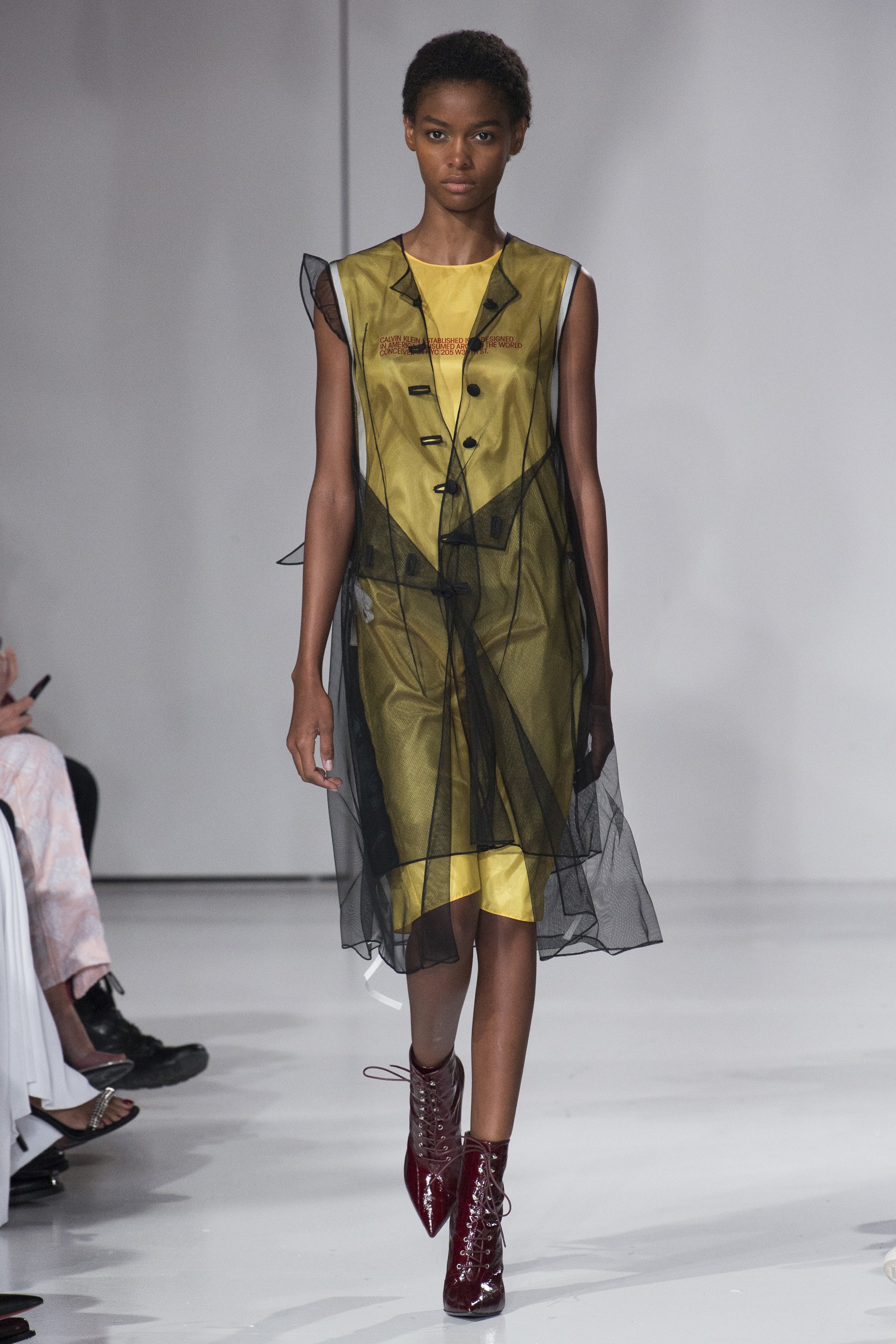

To answer, we have to consider both the consumer and the business point of view.
On the demand side, we first see this rise in nostalgia, specifically for the 1980s - Stranger Things, synthpop music, shoulder pads… Speaking to the Financial Times, Dana Thomas, author of the book Deluxe: How Luxury Lost Its Lustre states “Young creators, in music as well as in fashion, are turning to the 1980s for inspiration and that was the period when logo mania first hit hard . . . The new take on logos is more romantic, softer, and even humorous – it has all been filtered through the haze of time. We’re all a bit more jaded, a bit more wise. We bought into marketing then; we mock it today.”
Secondly, the impact of digital cannot be understated. The domination of Instagram demands logos to be bold and garish, in order to attract eyeballs to individual posts. Brands are forced to create an image of being shareable and recognisable in order to successfully take part in the digital dialogue. Also, due to digital democracy, consumers are using logos to justify their self-worth: “No, this bag is not from Zara - it’s Dior… See?”
Thirdly, identity has become again very important in our society. It matters who you “identify as”, who you follow, what you like, what brand of cereal you buy. The logo becomes a stamp of approval and an entrance ticket for a particular sub-culture of choice e.g Supreme. Finally, opposite to a recession, we are living in a booming global economy, encouraging a mantra of more is more.
On the supply side, logos are a fabulous way to boost brand identity but must be strong enough to stick in the consumer’s mind. Also, logos allow brands to redefine themselves. When for example, a new creative director is appointed, brands often rebrand their image to take on a new direction. Recently we observed this at Calvin Klein and Balenciaga, where both houses edited their once iconic typefaces.
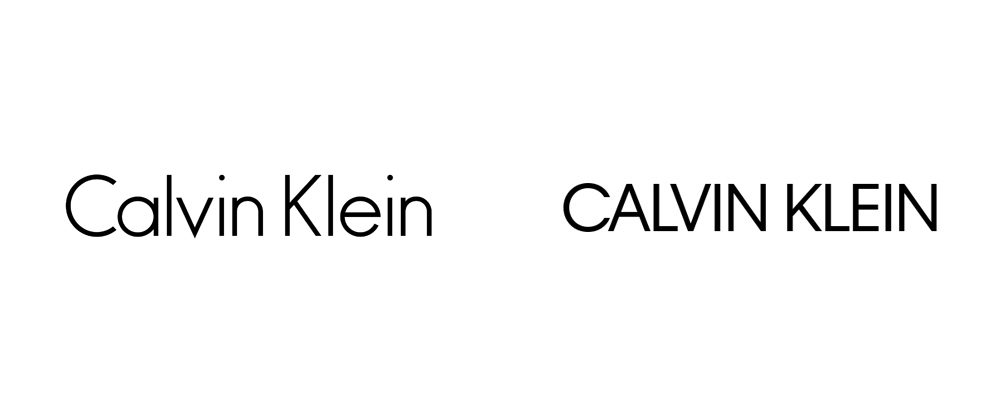
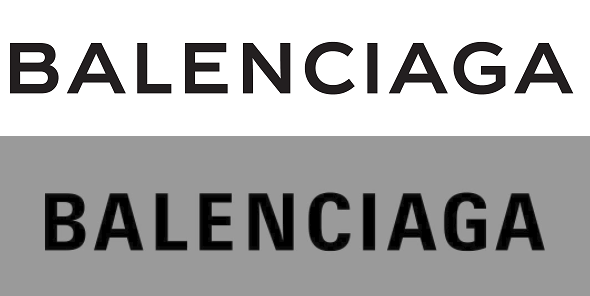
Additionally, when in a saturated market with hundreds of micro-brands popping up daily, it is imperative to showcase a clear visual defining who you are.
“Logos mean so much from a visual perspective and recently they have really presented a paradigm shift at high fashion labels, becoming an increasingly hyped focus point for each collection, it’s a logomania that we haven’t seen to such a degree since the 90s catwalks,” states WGSN’s Hannah Watkins, Senior Editor of Prints and Graphics.
Ultimately, logos today play a vital role, because thanks to digital platforms like Snapchat or Instagram, we exist in an extremely visual time. Trends come and go, but in an age where image is everything, I don’t see logomania shying away anytime soon.
